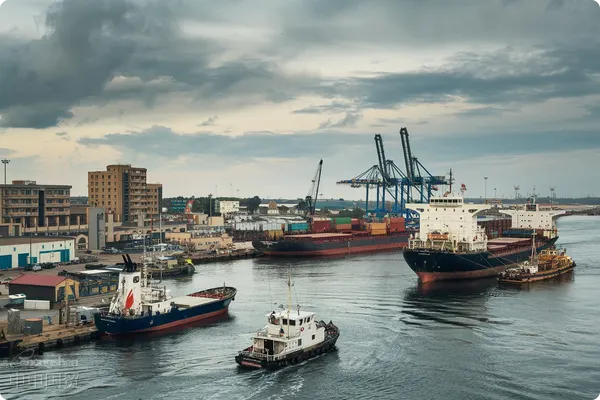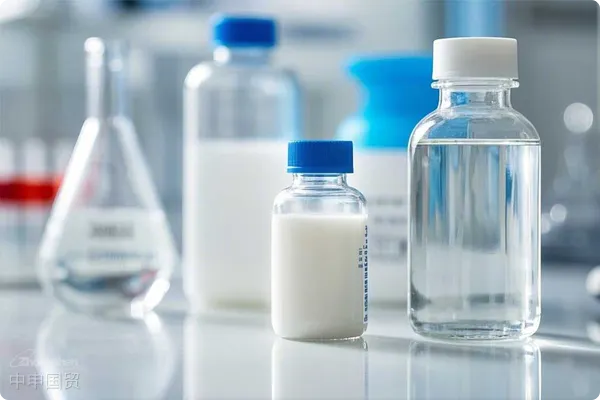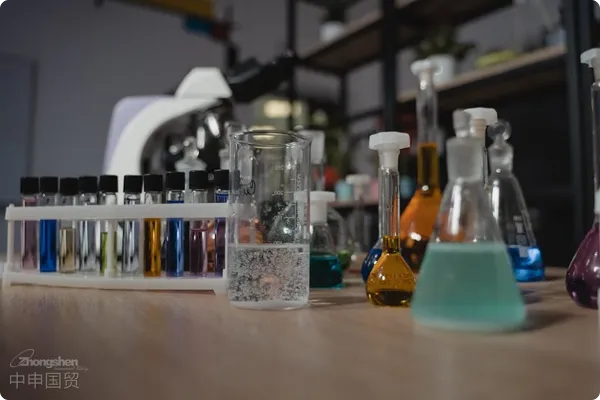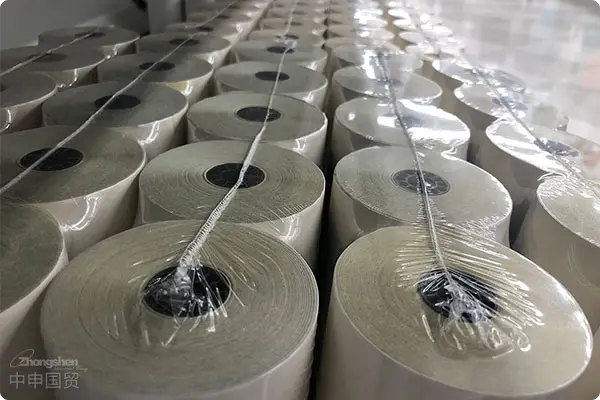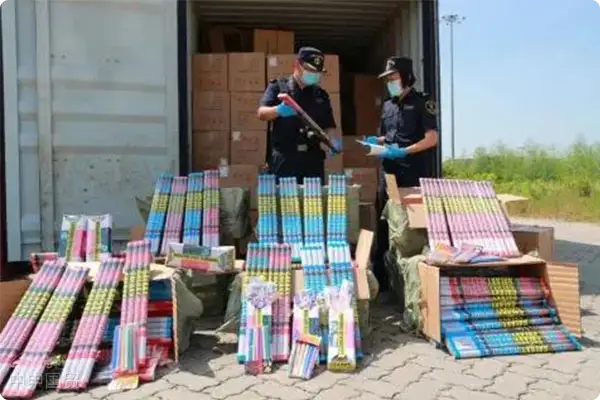- Shanghai Zhongshen International Trade Co., Ltd. - Two decades of trade agency expertise.
- Service Hotline: 139 1787 2118
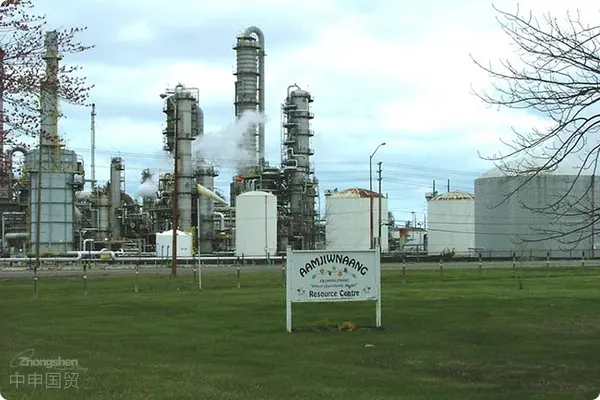
New Regulations Under Canadas Environmental Protection Act
According to the latest regulations under Section 71(1)(b) of Canadas Environmental Protection Act (CEPA), all enterprises that manufactured, imported, or used any of the 850 chemicals listed in Schedule 1 or their mixtures or products in 2022 are required to report. This applies not only to the production and trade of pure chemicals but also to various everyday items such as childrens toys, food packaging materials, clothing, footwear, and furniture. Enterprises must ensure that their products do not contain more than 0.1% of the listed chemical substances and complete their reporting by January 17, 2024.
Reporting Entities and Related Requirements
Section 71(1)(b) of Canadas Environmental Protection Act (CEPA) clearly defines the reporting entities and requirements. To ensure that enterprises and the public fully understand and comply, the following is a detailed description of the reporting entities and related requirements:
2.1 Core Reporting Entities
The primary reporting entities are enterprises that manufactured, imported, or used any of the 850 chemical substances listed in Schedule 1 or their mixtures or products in 2022. This means that not only chemical manufacturers and importers need to pay attention, but any enterprise using these chemicals in their products should also be aware.
2.2 Detailed Content of Reporting Requirements
? Substance Content: The relevant chemical substances in the involved products or mixtures must reach or exceed 0.1%. This means that even if a product contains only a small amount of the relevant chemical substances, as long as it exceeds this threshold, reporting is required.
? Tonnage: According to the regulations, enterprises only need to report if the tonnage of the involved substances exceeds 100kg or 1000kg. For small-scale manufacturers or users of these chemicals, reporting may not be required, but verification is still recommended to ensure compliance.
2.3 Specific Product Categories Clarified
Although many products may contain these chemicals, the regulations specifically highlight certain product categories, including:
? Products for children under 14 years old
? Items in contact with individual mucous membranes (excluding eyes)
? Items intentionally releasing substances that may be inhaled or come into dermal contact
? Cookware or tableware in direct contact with hot food or beverages
? Food packaging materials such as disposable bowls, plates, cups, other tableware, as well as food containers and lid linings in direct contact with food or beverages
? Clothing or footwear
? Bedding, sleeping bags, or towels
? Furniture, mattresses, cushions, or pillows used in homes where chemicals may be present in foam, leather, or textile fibers, yarns, or fabrics
? Carpets, vinyl or laminate flooring used in homes, or foam underlays for flooring
Industries and businesses involved in these product categories should pay special attention and conduct thorough inspections of their products.
Consequences and Penalties for Non-Compliance
The Canadian government maintains a strict stance on this declaration requirement. Non-compliant businesses will face fines, with amounts determined by the severity of the violation, up to a maximum of CAD 500,000. For repeat offenders, the fine amount will double. This represents significant financial pressure for businesses, making compliance and timely completion of declarations particularly important.
How to Address the New Reporting Requirements
For businesses dealing with chemicals, they first need to check whether their products contain any substances listed in Annex 1 and confirm if the content exceeds the specified limits. If so, they should promptly initiate the declaration process to ensure completion within the stipulated timeframe. Additionally, businesses should enhance communication with supply chain partners to ensure transparency and compliance. Those uncertain about the declaration process or needing assistance can seek help from external experts or agencies.
Canadas new regulation presents fresh challenges for businesses involved in chemicals, textiles, childrens products, and food contact materials. Companies must not only ensure product compliance but also address potential financial risks. However, by adopting proactive strategies and completing declarations on time, businesses can avoid potential risks. Those requiring assistance are advised to seek external support to ensure robust development under the new regulatory environment.
Related Recommendations
? 2025. All Rights Reserved. 滬ICP備2023007705號-2  PSB Record: Shanghai No.31011502009912
PSB Record: Shanghai No.31011502009912
